Food/Drink Photography for Beginners
by AngryRedhead in Circuits > Cameras
39750 Views, 547 Favorites, 0 Comments
Food/Drink Photography for Beginners
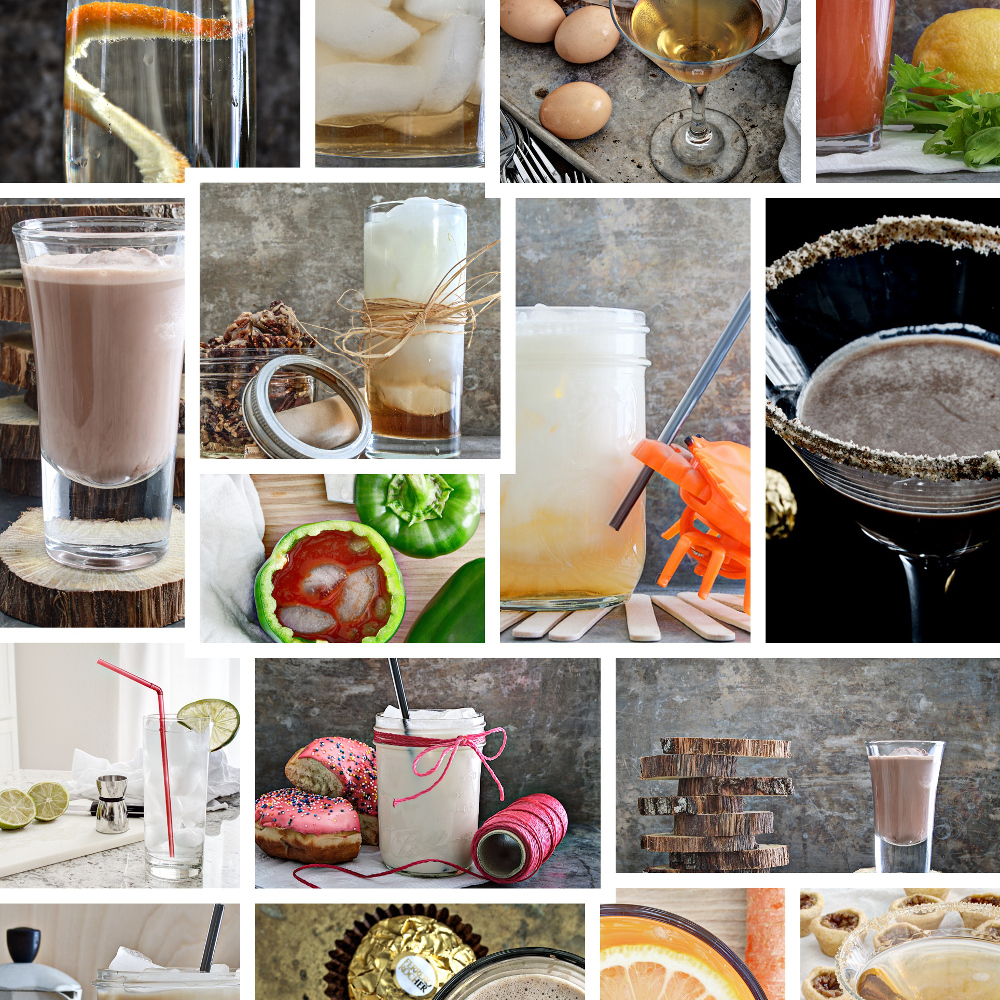
Lately, I've been reading up on food photography, checking out a bunch of the food porn sites for trends, and then putting that knowledge into practice. There are a few tips and tricks to getting somewhat decent photos that will get you featured on FoodGawker, Tastespotting, Photograzing, Tasteology, etc., and these same tips and tricks can improve your blog or Instructables if you photograph food or drinks.
Or whatever. No promises.
But first off before getting into the fun stuff in this Instructable, it's important to go over these important things...
Hopefully, you know a few things about camera settings, but in case you don't...
Now that's out of the way, I've read and seen a lot of food photographers using very large apertures (i.e., small f-stops) for interest, but I prefer a small aperture because I like to keep as much in focus as possible and generally work with still life setups using a tripod and remote shutter release which I highly recommend to anyone wanting to do this. The gear is quite cheap for the beginner stuff. And outside of aperture, eh, there's not much else discussed because it's a matter of freezing motion (if any) and deciding on graininess.
Once you've decided on the right camera settings, you have to then consider your audience. Is it for yourself, Instructables, one of the food porn sites, or other photographers? This is going to greatly affect how you style, photograph, and edit, but if you're doing this for something other than yourself, you should probably make sure you have one shot that makes for a nice square thumbnail. It doesn't have to be the "wow" shot - it just has to be A shot.
And generally for the food porn sites, you want bright, crisp, clear photos with a lot of the subject in the frame. This isn't the rule, but it's the safest route in my experience. Think "Real Simple" rather than "Cigar Aficionado".
Or whatever. No promises.
But first off before getting into the fun stuff in this Instructable, it's important to go over these important things...
Hopefully, you know a few things about camera settings, but in case you don't...
Aperature: This is the eye inside your lens measured in f-stops. The more wide open the eye, the smaller the f-stop number. The more closed the eye, the bigger the f-stop number. The smaller the f-stop number, the shallower the depth of field (i.e., only a bit in focus and a lot blurred). The bigger the f-stop number, the deeper the depth of field (i.e., lots in focus and very little blurred).
Shutter Speed: This is how quickly that eye opens and closes measured in seconds or fractions of a second. If you want to "freeze" movement, the eye has to open and close quicker than the movement. If you want to "blur" the movement, the eye has to open and close slower than the movement. As a general rule of thumb, you don't want to be holding a camera with a shutter speed slower than 1/60 of a second because it will catch your movement as the photographer in the image. To be on the safe side, I try not to go slower than 1/80 with hand-held.
ISO: This is how sensitive the eye is and determines how grainy the image will be be. An ISO of 100 isn't sensitive to light and requires lots of it in either "volume" or exposure time, and it produces the clearest images. An ISO of 3200 is very sensitive to light and doesn't require much of it, but it produces more grain than an ISO of 100.
Each one of these interacts with one another for correct exposure (i.e., the right amount of light and dark). If you change one, you'll have to change another, and you'll need to prioritize what's more important.
Shutter Speed: This is how quickly that eye opens and closes measured in seconds or fractions of a second. If you want to "freeze" movement, the eye has to open and close quicker than the movement. If you want to "blur" the movement, the eye has to open and close slower than the movement. As a general rule of thumb, you don't want to be holding a camera with a shutter speed slower than 1/60 of a second because it will catch your movement as the photographer in the image. To be on the safe side, I try not to go slower than 1/80 with hand-held.
ISO: This is how sensitive the eye is and determines how grainy the image will be be. An ISO of 100 isn't sensitive to light and requires lots of it in either "volume" or exposure time, and it produces the clearest images. An ISO of 3200 is very sensitive to light and doesn't require much of it, but it produces more grain than an ISO of 100.
Each one of these interacts with one another for correct exposure (i.e., the right amount of light and dark). If you change one, you'll have to change another, and you'll need to prioritize what's more important.
Now that's out of the way, I've read and seen a lot of food photographers using very large apertures (i.e., small f-stops) for interest, but I prefer a small aperture because I like to keep as much in focus as possible and generally work with still life setups using a tripod and remote shutter release which I highly recommend to anyone wanting to do this. The gear is quite cheap for the beginner stuff. And outside of aperture, eh, there's not much else discussed because it's a matter of freezing motion (if any) and deciding on graininess.
Once you've decided on the right camera settings, you have to then consider your audience. Is it for yourself, Instructables, one of the food porn sites, or other photographers? This is going to greatly affect how you style, photograph, and edit, but if you're doing this for something other than yourself, you should probably make sure you have one shot that makes for a nice square thumbnail. It doesn't have to be the "wow" shot - it just has to be A shot.
And generally for the food porn sites, you want bright, crisp, clear photos with a lot of the subject in the frame. This isn't the rule, but it's the safest route in my experience. Think "Real Simple" rather than "Cigar Aficionado".
Lighting and Setup
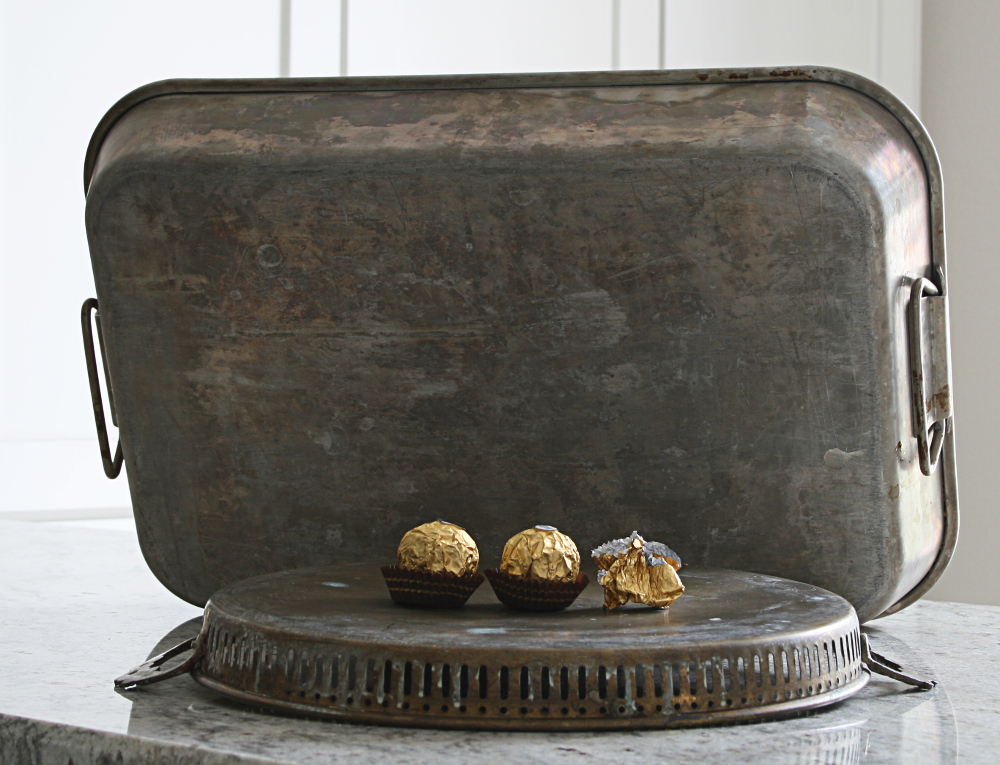
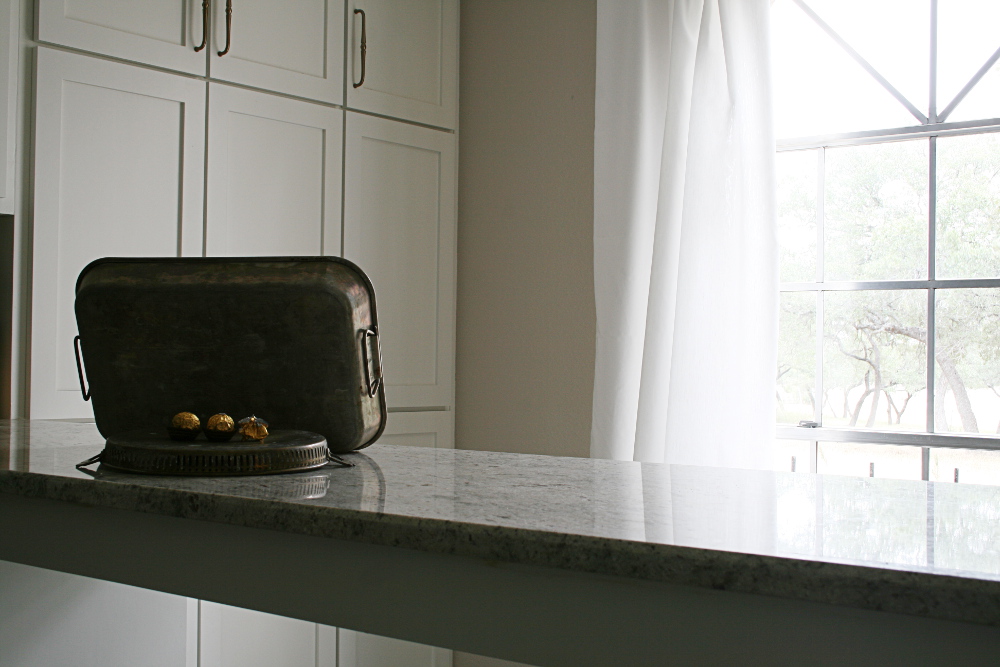
Chances are that if you're doing food photography, you're likely doing it inside, and if you're a beginner photographer, then studio lighting is perhaps a bit too complicated, especially if you just want some nice pictures of your food. That leaves natural light which also comes with a nice price tag of free although inconvenient if you prepare most of your stuff in the evening.
Remember that light diminishes the further you are from the source, so if you need lots of light, your best bet is to be very close to a window or an open exterior door.
As for setup, you don't have to have one really, but if you opt to use one, you have to decide whether you want light, bright photos or dark, moody photos. Angling the background away from the source of light and shielding it from the ambient light will produce wonderful dark and moody photos. Angling the background towards the light will make it nice and bright. And be careful to not shoot your food with your lens pointed at the window - this will make the foreground dark and dull with a freakishly glowing background like your food has died and is ascending into heaven.
Like I said, you don't need a setup, but you likely have some things lying around the house such as aluminum pans with a nice patina, some scraps of plywood, or bits of poster board. Experiment and see what you like.
Remember that light diminishes the further you are from the source, so if you need lots of light, your best bet is to be very close to a window or an open exterior door.
As for setup, you don't have to have one really, but if you opt to use one, you have to decide whether you want light, bright photos or dark, moody photos. Angling the background away from the source of light and shielding it from the ambient light will produce wonderful dark and moody photos. Angling the background towards the light will make it nice and bright. And be careful to not shoot your food with your lens pointed at the window - this will make the foreground dark and dull with a freakishly glowing background like your food has died and is ascending into heaven.
Like I said, you don't need a setup, but you likely have some things lying around the house such as aluminum pans with a nice patina, some scraps of plywood, or bits of poster board. Experiment and see what you like.
HDR
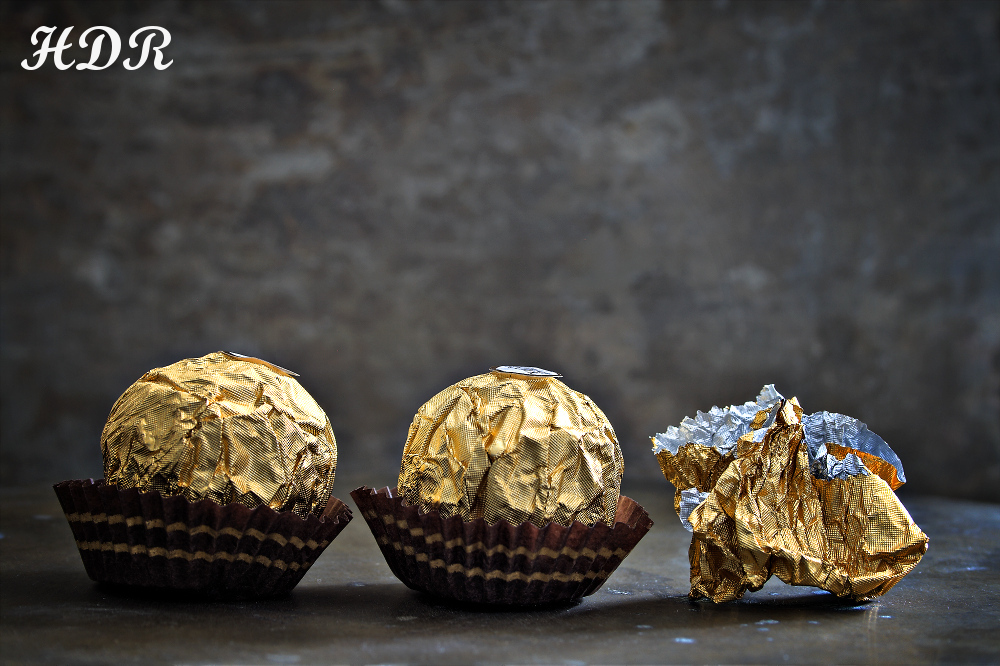
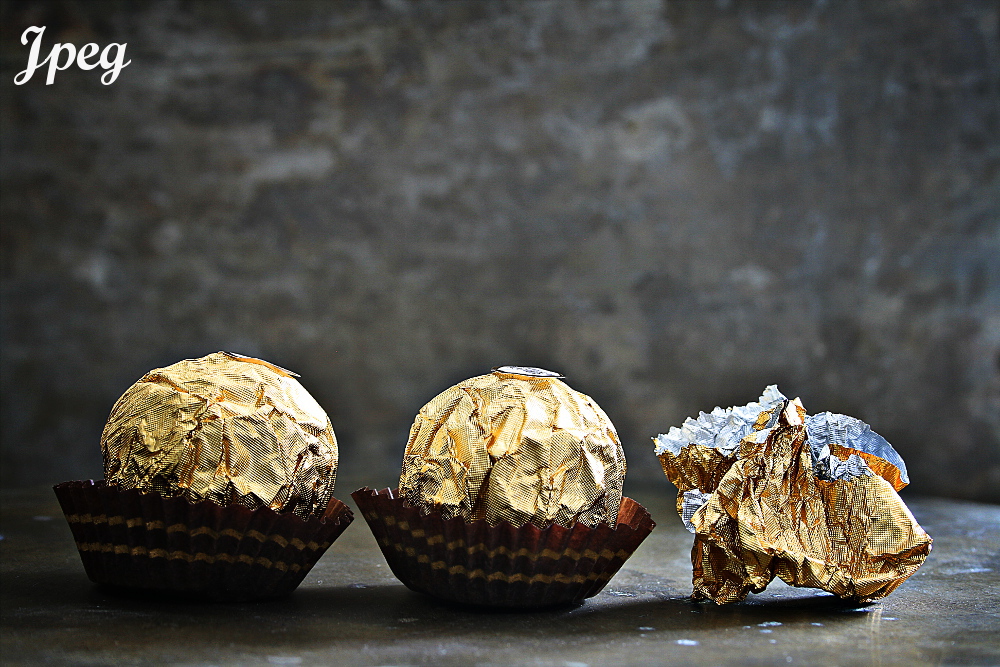
If you're using natural light and don't want to mess with reflectors and other stuff, you should consider HDR (High Dynamic Range), and there are many Instructables on how to do it - just run a search and see if it's right for you or just more hassle/money that you don't want to bother with.
Just so you know, these are the exact shots taken in step 1. Absolutely no change in setup or lighting - only a bit of editing that you can see in step 6.
Just so you know, these are the exact shots taken in step 1. Absolutely no change in setup or lighting - only a bit of editing that you can see in step 6.
Angles
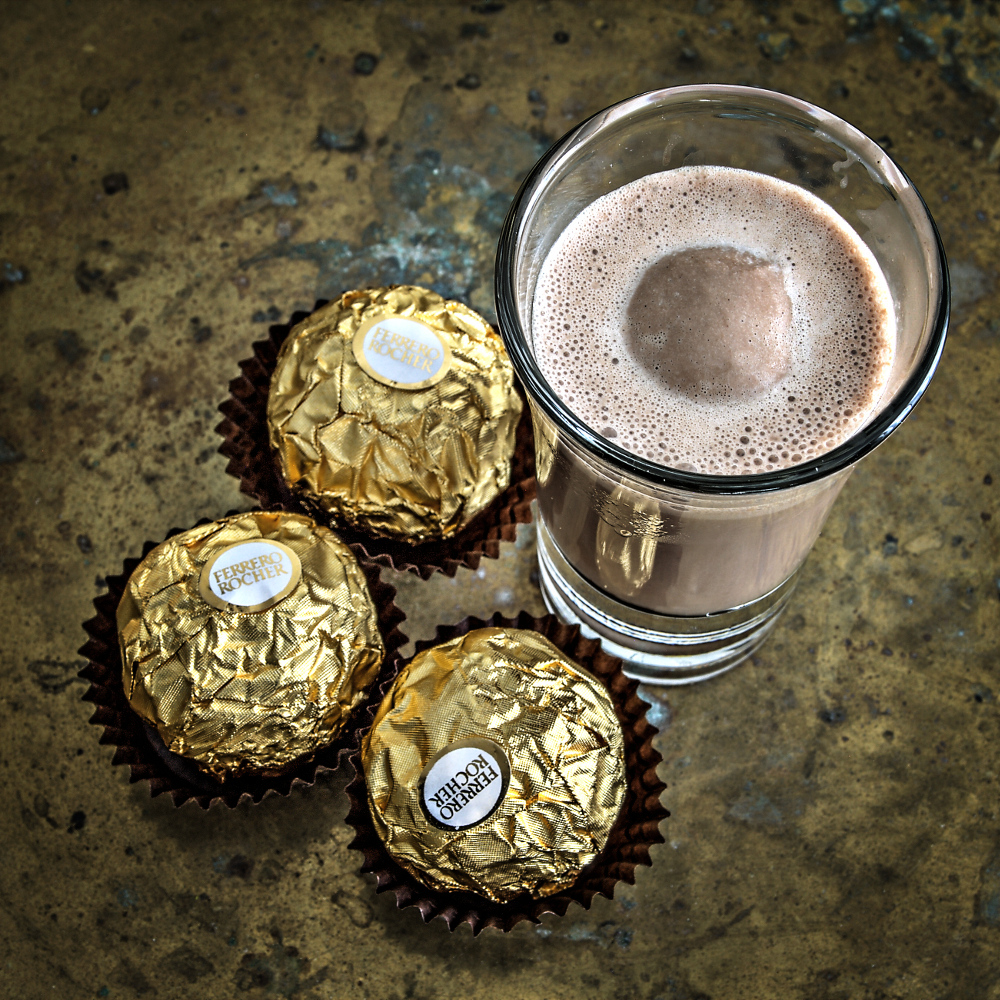
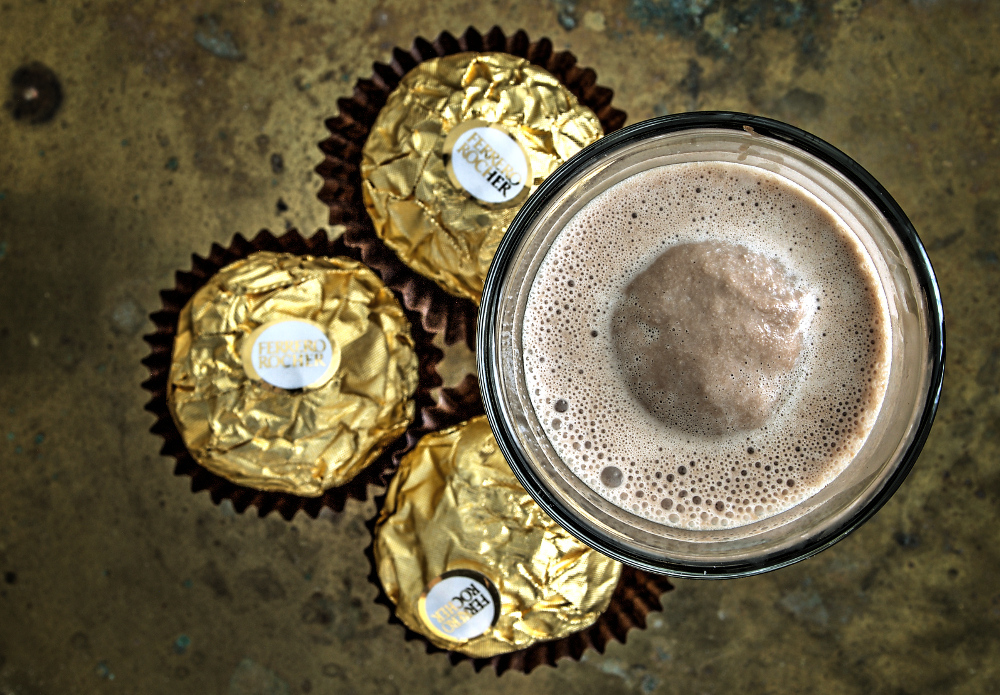
Next you should decide on what sort of angle you want to photograph from. Dead on? At an angle? Directly above?
Dead on and at an angle are the easiest to figure out, but if you want to be photographing from directly above, your best bet is to get that food on the ground. That way you can stand directly above it.
Taking shots from above can be bonus shots or THE shot, particularly for flat or hidden foods (e.g., soup in an opaque bowl).
Dead on and at an angle are the easiest to figure out, but if you want to be photographing from directly above, your best bet is to get that food on the ground. That way you can stand directly above it.
Taking shots from above can be bonus shots or THE shot, particularly for flat or hidden foods (e.g., soup in an opaque bowl).
Styling
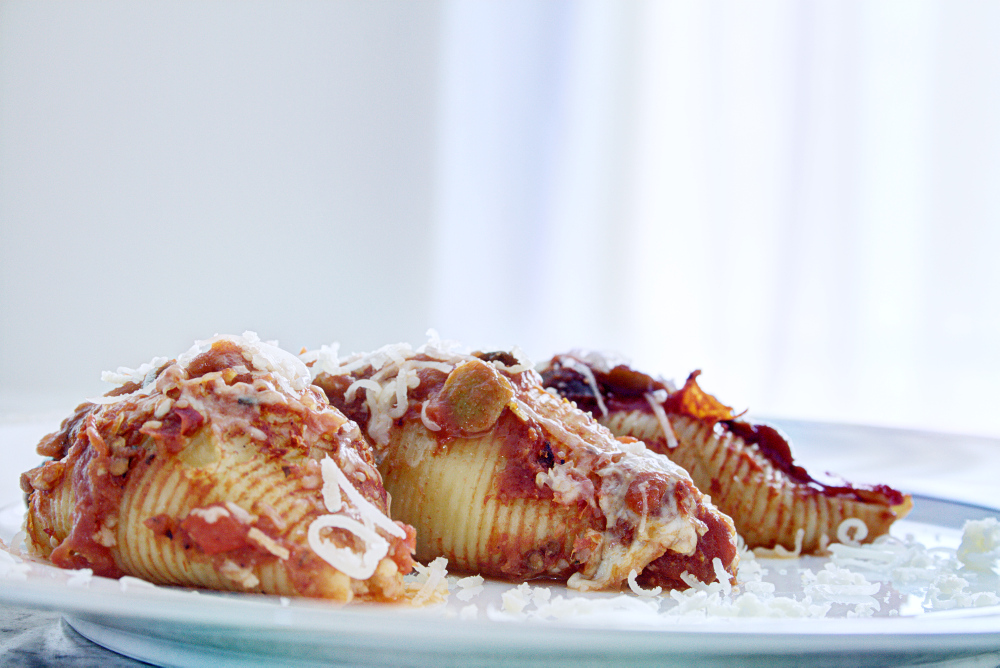
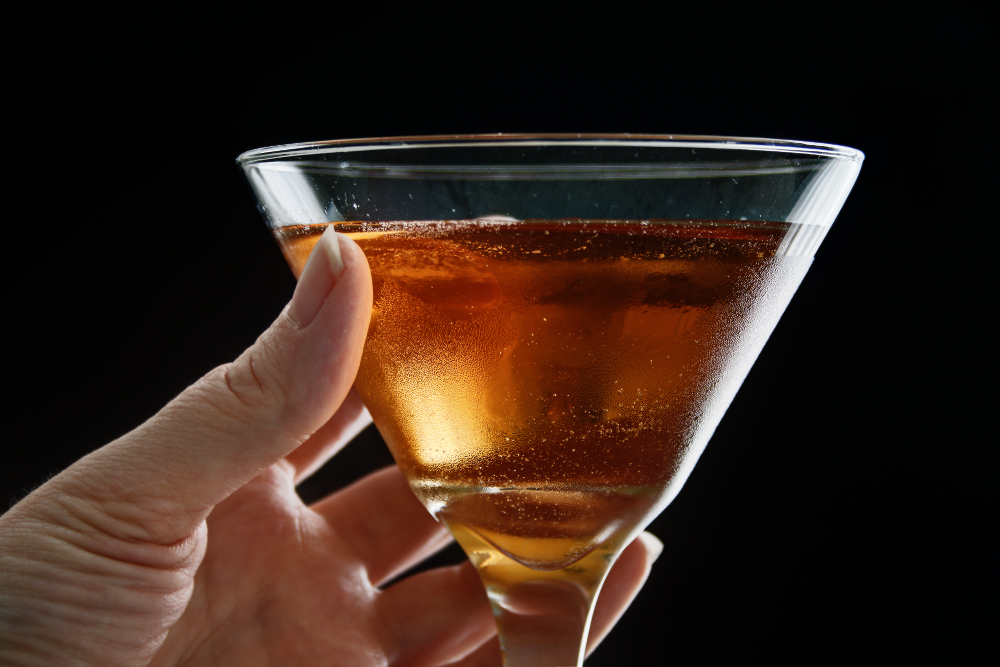
Food is interactive and meant to be consumed, so as a general rule of thumb, it's smart to have it plated and about to be eaten. Or just some sort of styling that says, "Hey! This food is sooo delicious - it has to be eaten right now!" Leave it half-eaten or with a messy fork - it's fine and makes for an experiential shot. Try taking a shot with the dish off to the side with a plated portion next to it. It's amazing what that accomplishes. To go along with this, you should consider your plates/bowls/glasses. Generally, the safest bet is to go with white dishes and clear glasses, and if you're showing ingredients in the main shot, consider putting them in glass containers (e.g., flour in a mason jar) or just take them out of the container (e.g., eggs).
Some exceptions to the tucked-into food rule are the extraordinarily pretty foods like cookies and cakes, but even then you might as well take some "messy" shots after taking the beauty shots.
One tip I heard repeated over and over again was to stack food, particularly cookies and candy. I would definitely try this myself, but I make a lot of savory food - I suspect stacking lasagna wouldn't have quite the same effect although now I really want to do it. To go along with this stacking suggestion, try to keep things in rows if you made lots of them, so if you made a batch of cookies, take a shot of all of them cooling on racks. It's all about repetition and pattern.
You can get into the sillier stuff (e.g., undercooked meat), but you will probably want to eat the food soon after photographing it.
Some exceptions to the tucked-into food rule are the extraordinarily pretty foods like cookies and cakes, but even then you might as well take some "messy" shots after taking the beauty shots.
One tip I heard repeated over and over again was to stack food, particularly cookies and candy. I would definitely try this myself, but I make a lot of savory food - I suspect stacking lasagna wouldn't have quite the same effect although now I really want to do it. To go along with this stacking suggestion, try to keep things in rows if you made lots of them, so if you made a batch of cookies, take a shot of all of them cooling on racks. It's all about repetition and pattern.
You can get into the sillier stuff (e.g., undercooked meat), but you will probably want to eat the food soon after photographing it.
Props and Filler Items
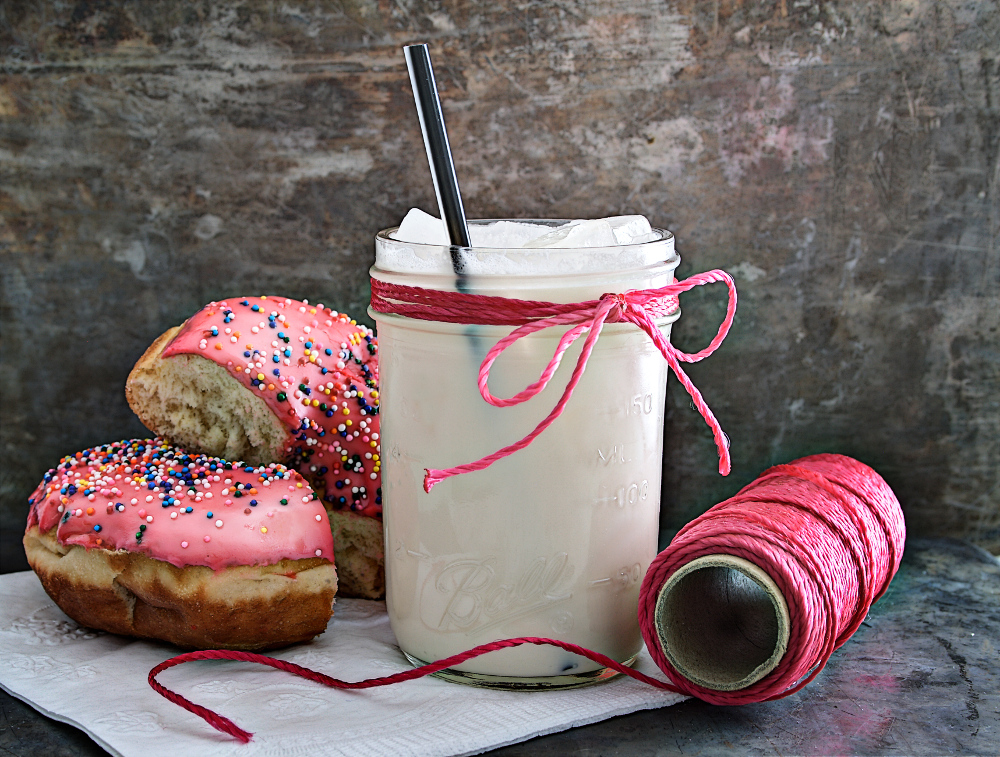
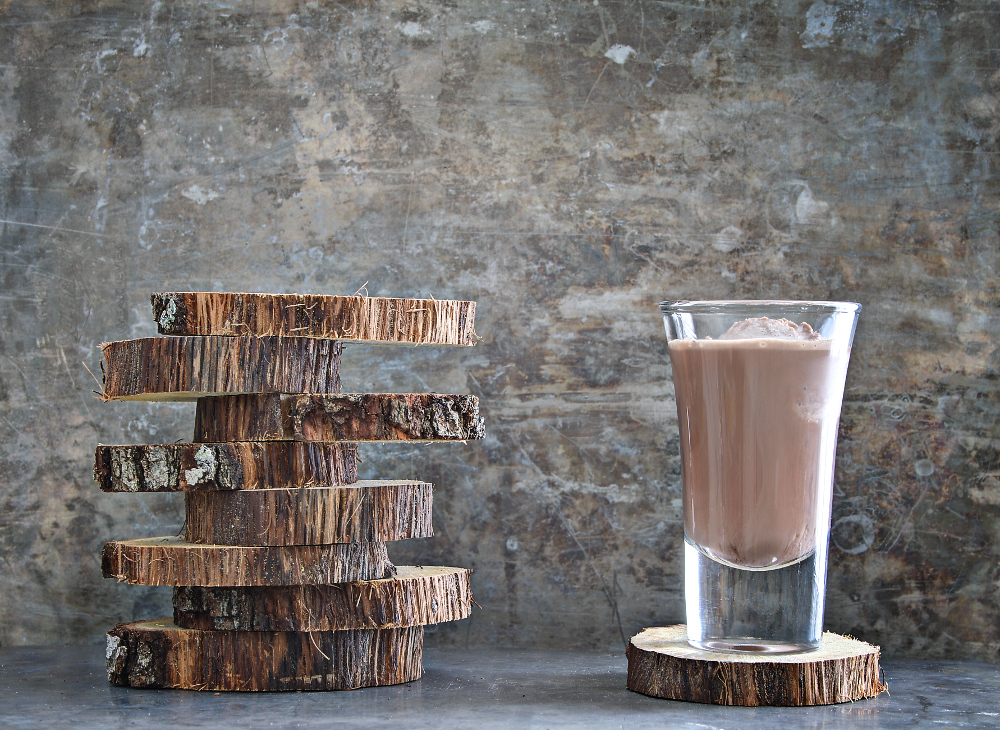
The props and filler items are tricky, and you'll really just have to feel this one out. You can keep it extremely minimalist or start throwing everything (AND THE KITCHEN SINK) into the shot. I personally like a bit of context unless I have something dynamic, interesting, or architectural in its own right, so here are a few ideas:
- If you're making a cocktail, create the "wow" shot with your glass of choice prior to actually making the drink - just frame it up with an empty glass. This is particularly important if you're using ice in the drink - you don't want to take forever while your drink turns into a puddle of water. I'm sure this also works with actual food, especially if you have duplicates of the baking dish or whatever.
- If you're making a drink and it has a straw, chop the straw down so it sits comfortably in the frame because straws aren't periscopes and drinks aren't narwhals. Or at least that's how my imagination goes when I see a drink with a long straw.
- Get a napkin under it! Napkins make for great filler items and can really highlight whatever you're showcasing.
- It's hard to go wrong with a stack of plates/bowls, a pile of tableware/silverware, and/or empty glasses - this gives the impression that you're about to serve a party or your family. It also helps fill the frame.
- When in doubt, throw a fresh, white dish cloth into the mix. Just crumple it up a bit and frame things out.
- I've noticed that the dark-and-moody food photographers love to throw bits of garden foliage and herbs into the shot along with pewter charging dishes and antlers. This is more of a trend I've noticed rather than something I've actually done.
- Also consider: A chopping board with knife, unused ingredients, counter fruit (i.e., citrus, apples, and bananas), and assorted decorations if it's holiday-related.
Editing
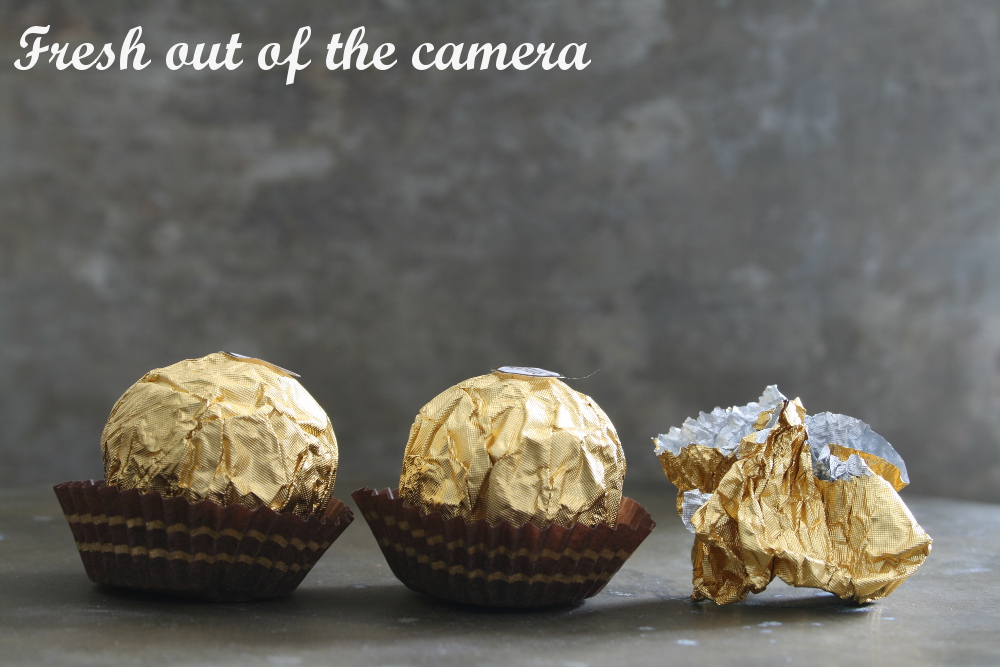
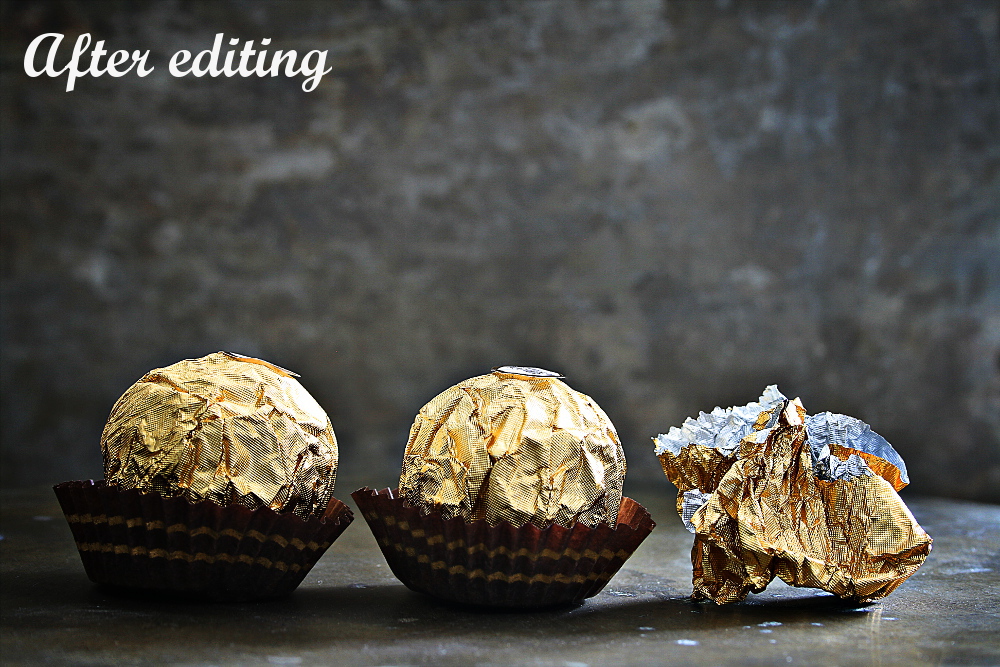
All photographers edit their photos, and this is a pretty tricky thing to discuss because a lot depends on your knowledge, editing software, and aesthetic.
I use Photomatix for HDR, and I also use GIMP. Most of what I do involves color saturation, curves, cropping, and one or more of these filters:
Occasionally, I'll use the dodge/burn tool and various select tools for precise filtering, but it's not all that common.
Sorry this step isn't very helpful, but there are entire books on editing photos in one particular program or another. However, there are lots and lots of great resources on YouTube and online in general.
However, if you have a specific question about how I do something in GIMP, let me know! I'll do my best to answer it, and if I can't answer it, there are loads of people here who use the program as well.
Do you have any tips or tricks I missed?
Did this help you with your food photography?
Let me know and/or show off your work in the comments!
And if you want to see more of my photography or want to know how to make some of the drinks I've shown, check me out at MakeFor365.com
Or just hang around because I'll be posting them here before long.
I use Photomatix for HDR, and I also use GIMP. Most of what I do involves color saturation, curves, cropping, and one or more of these filters:
- National Geographic
- High Pass Filter
- Subtle Vignette
- Soft Glow
Occasionally, I'll use the dodge/burn tool and various select tools for precise filtering, but it's not all that common.
Sorry this step isn't very helpful, but there are entire books on editing photos in one particular program or another. However, there are lots and lots of great resources on YouTube and online in general.
However, if you have a specific question about how I do something in GIMP, let me know! I'll do my best to answer it, and if I can't answer it, there are loads of people here who use the program as well.
Do you have any tips or tricks I missed?
Did this help you with your food photography?
Let me know and/or show off your work in the comments!
And if you want to see more of my photography or want to know how to make some of the drinks I've shown, check me out at MakeFor365.com
Or just hang around because I'll be posting them here before long.